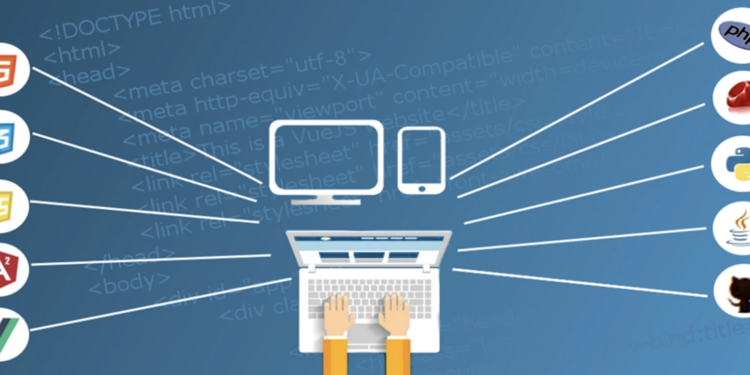The product and service you offer are the lifeblood of your business and, in most cases, are the vital factors in whether or not you’ll take your business a notch higher. That’s why you ought to exercise caution during the development phase of what you offer and, of course, how you make it available to your target market.
For you to achieve product success, you must prioritize user engagement. And one of the easiest ways of achieving this is by introducing changes to your product that make it stand out from those of your competitors. You should, however, keep in mind how you choose to communicate the changes will speak volumes. Get it wrong and your product is doomed to fail from the word go.
What is Product Development?
Product improvement is all about introducing meaningful changes to your product that eventually result in a wide customer base. Alternatively, this process can harness the benefits enjoyed by your existing customers. To pull this off successfully, you may decide to introduce new features or simply make improvements to the existing ones.
By opting to introduce new features, you’ll certainly magnify the entire scope of your current product. This in turn attracts new customers and goes a long way in making sure you win over a huge share of the market.
The biggest challenge with adding a new feature is that it tends to be risky. Without giving it the utmost care it deserves, then the feature is not going to be valued. Needless to say, numerous factors determine a new product feature getting introduced in the development cycle.
1. The Goal
Examining all successful products out there, you’ll notice they share one thing in common: solve the customer’s problem. There is something about the product that makes it stick from the competition and compels the target market into choosing it. Figuring out what makes the new feature special during the product development cycle is essential.
“Usually, there are a ton of ideas. Adding new features to a product can be fraught with potential pitfalls due to the complexity introduced, but can pay big rewards if you get it right. The first consideration should be whether the new feature will make an impact towards solving the problem the product aims to achieve,” recommends Sonia Randhawa, a technology expert based in San Francisco.
If you cannot pinpoint the impact the new feature adds, chances are it is not the right option to opt for. At least, ensure the feature gives your product a cutting edge, and customers a reason to buy.
2. Get the Buy-In of Everyone on Your Team
Sonia Randhawa adds, “The technique-whether it’s Value versus Complexity, Weighted Scoring, Kano Model, Buy a Feature, Opportunity Scoring or story mapping- you choose isn’t as important as the conversation your team has about the priorities.”
When unable to get your whole team’s buy-in, then you ought to ask yourself why this is the case. At times, there might be only one or two members of your team disagreeing with what others have to say. If so, they might not be the right fit to help propel your company to greater heights.
In Conclusion
The moment you add a new feature to your product and it hits the market, you need to get it in front of your target market as much as possible. This means coming up with the perfect market strategy that increases the exposure of the product. Either way, ensure you factor in the essential things that determine a feature getting introduced in the product development cycle before thinking about other aspects of your business.





